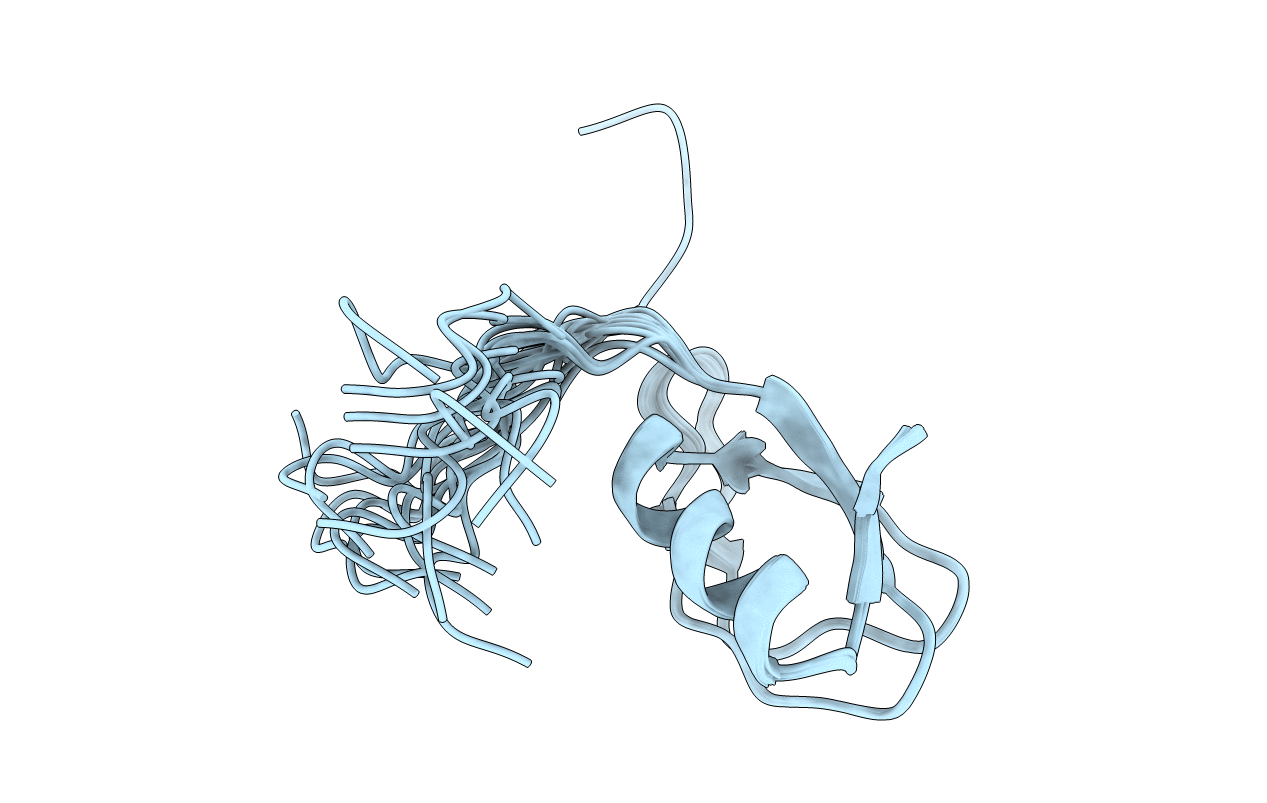
Deposition Date
2012-05-02
Release Date
2012-07-25
Last Version Date
2024-05-15
Entry Detail
Biological Source:
Source Organism:
Enterobacteria phage lambda (Taxon ID: 10710)
Host Organism:
Method Details:
Experimental Method:
Conformers Calculated:
100
Conformers Submitted:
20
Selection Criteria:
structures with the lowest energy


